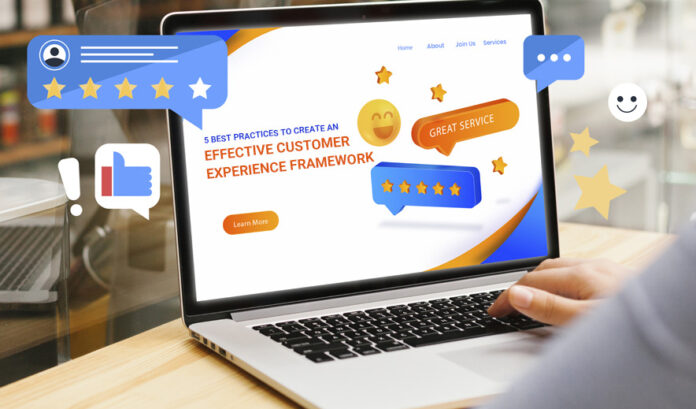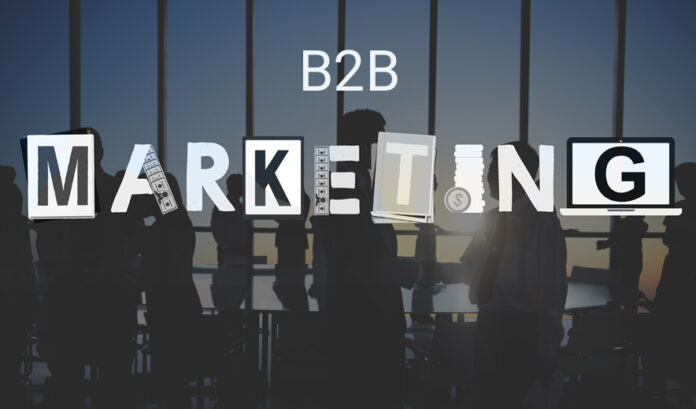Customer engagement forms the backbone of any business’s success, so maintaining a healthy customer relationship throughout the customer lifecycle is crucial. But as your business grows and gains more leads and customers, it might get a little difficult for your marketing team to keep up manually. Just like most other marketing technology advancement areas, the customer engagement procedure also witnessed rapid technological innovation to cater to the increasing need for personalization in marketing.
The objective of building a compelling customer experience framework is to create the right impression within your customers to make them come back to you. And to be successful in customer engagement, you need to offer unique experiences. Remember, consumers have many choices and they are always looking for something more, so you cannot afford to lose your customers due to a lack of good customer experience. “If your customers feel that their custom is valued and their views respected, that will go a long way to turning them into regulars,” states Drift in an article.
To keep the rising number of customers happy with services and products, organizations are integrating new MarTech in their system, which automates the work needed to build good customer relations. But it is not just about automation; a good customer experience can be offered only if you have the proper framework. To create the best customer experience framework, you need to put yourself in the customer’s shoes. This will help you understand what the customer expects and deserves from your brand.
Here are five tips that will help you create a robust customer experience framework:
Understand Your Customers and Put Their Needs First
The modern marketing system has given customers the maximum power, and so, to grow your business, you need to understand your customers and work on their needs first. With the changing time and customer behavior, it can get tricky for marketers to understand what their customers actually want. To make your business profitable, you need to prioritize your customer and adopt a customer-centric perspective. You can use marketing automation to collect the metrics related to a customer journey to make sure that you integrate those data wisely.
Make Yourself Approachable to Your Customers
Consumers have become very vocal over the years and prefer to understand a brand and its products or services before investing in it. You need to be prepared to answer any question a customer asks, and at the same time, you need to help them with a more user-friendly platform to connect to you. To increase your sales, you need to answer all customer doubts as early as possible. Simultaneously, you need to listen to their problems and feedback to improve your customer experience and get some genuine insights.
Agility is Key
With the changing customer demands and technology, your marketing system needs to be very agile to adjust itself to the need of the hour. Moreover, it would be best to promptly work on customer feedback to keep the customer engaged with your brand for a long time.
Analyze and Integrate Customer Data
As marketing automation allows you to collect all the metrics related to a customer journey, you need to make sure to integrate those data wisely. Ensure that all the critical data that will boost your automated customer life cycle experience are in place. To target the right customers with the right messages, you need to know how interested they are in your company and product. You also need to understand how satisfied they are with your service if they are a good fit for further engagement, the current customer lifecycle stage, how often they bought the product, and more. Also, ensure that the data in your CRM is integrated with your marketing automation platform.
Create Customer Personas
Creating customer personas and saving them helps you develop lifecycle-based triggered marketing campaigns. By tailoring lifecycle and persona-based customer experience, you can send messages that will trigger the reader to proceed to the next step. Based on personal information and customer behavior, you can draft email content such as subscription confirmation, welcome and thank you note, products related to interest, order details, feedback requests, reward campaigns, and special day wishes. Customer persona-based lifecycle-based trigger messages ensure you create a personal connection with your customers and that their pain points are addressed.
Your target audience might mix different sections and demographics with distinct personality types, requirements, and expectations. However, your customer experience needs to be on point for successful digital marketing. A successful customer engagement program involves high monitoring of your customers and ensuring that it aligns with your marketing objective. From the first day of interacting with a potential lead to post-selling customer support service, the best customer experience framework covers every area related to building a better customer relationship. If implemented correctly and throughout the customer lifecycle, these five practices can bring enormous benefits to your business.
Looking for experts tips and guidance in creating an effective customer experience framework for your targeted lead segments? Our experts can reach out to you and address your CX framework requirements – all you need is to Contact Us or send us an email at info@marrinadecisions.com. You can also DM us on social channels – Facebook, Twitter, or LinkedIn.





![Top 10 Key Principles of Agile Marketing Management [Part I]](https://www.martechpulsecommunity.com/wp-content/uploads/2023/01/Top-10-Key-Principles-of-Agile-Marketing-Management-Part-I-696x409-1.jpg)